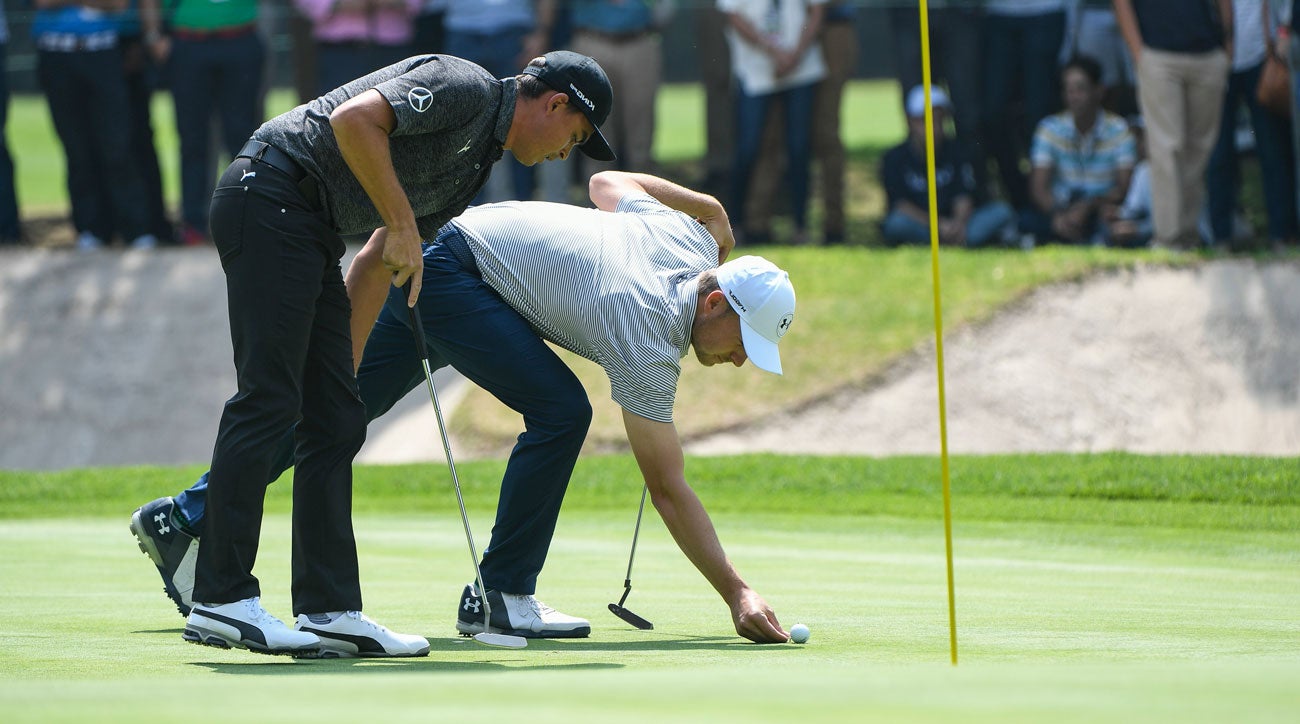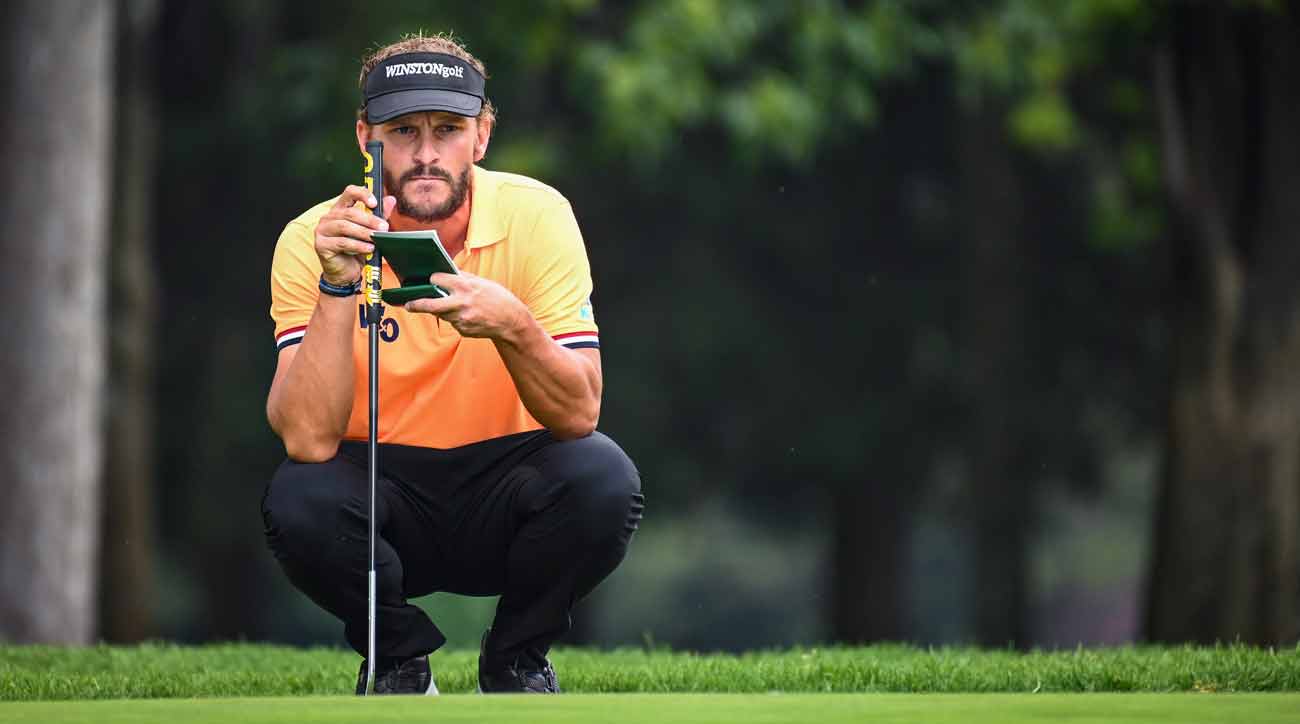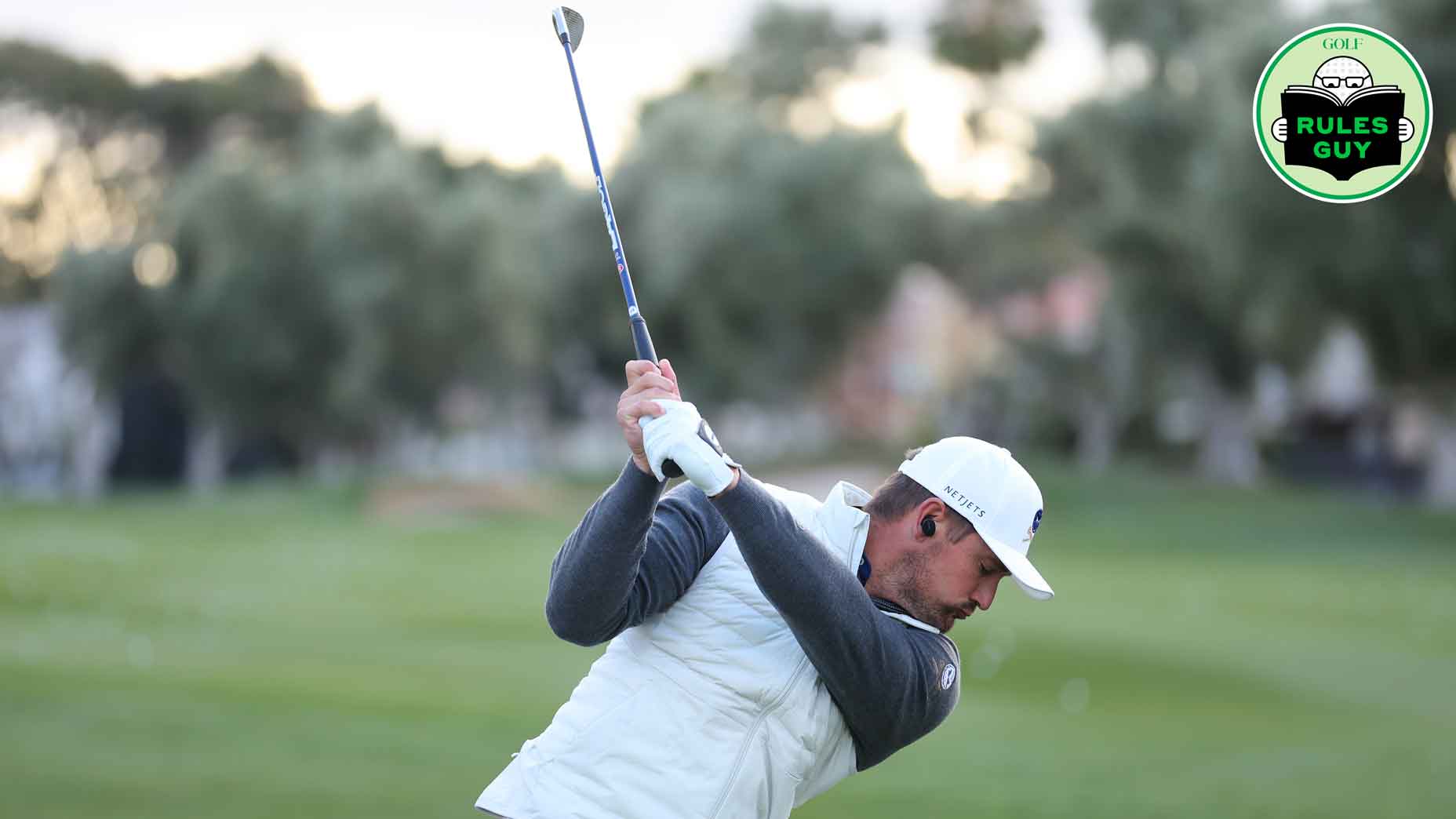 Rules Guy: How does a Local Rule become a universal rule?
Rules Guy: How does a Local Rule become a universal rule?
Read the 13 original rules of golf, dating back to 1744(!)

Golf is a game of honor that is largely officiated by the players themselves. Because of this fact, it’s important to have an understanding of the all-important Rules of Golf. From how to take a correct drop to not improving your lie, understanding how to interpret and follow the rules is essential to the game, and if you use them correctly, they can even save you some strokes.
But what are the origins of these regulations? The first known written set of rules dates all the way back to 1744 and were drafted by The Honourable Company of Edinburgh Golfers. The rules were originally known as the 13 Articles and were implemented to govern the first Challenge for the Silver Club tournament played at Leith Links in Edinburgh, Scotland. John Rattray won that initial tournament, and his signature appears at the bottom of the 13 Articles, the John Hancock of golf.
Here are the 13 Articles and their modern equivalents:
1. “You must tee your ball, within a club’s length of the hole.”
Modern rule: 6.2b(1) Teeing area rules — Your ball is in the teeing area when any part of the ball touches or is above any part of the teeing area. You may stand outside the teeing area in making the stroke at a ball in the teeing area. You may play the ball from a tee placed on the ground or from the ground itself.
2. “Your tee must be upon the ground.”
Modern rule: 6.2b(2) Teeing area rules — Ball May Be Teed or Played from Ground. The ball must be played from either: A tee placed in or on the ground or the ground itself. For purposes of this Rule, the “ground” includes sand or other natural materials put in place to set the tee or ball on.
3. “You are not to change the ball which you strike off the tee.”
Modern rule: Rule 6.3a Holing out with the same ball played from the teeing area — A player may play any conforming ball when starting a hole from the teeing area and may change balls between two holes. The player must hole out with the same ball played from the teeing area, except when: That ball is lost or comes to rest out of bounds, or the player substitutes another ball (whether or not allowed to do so). The player should put an identifying mark on the ball to be played.
4. “You are not to remove, stones, bones or any break clubs for the sake of playing your ball, except upon the fair green and that only within a club’s length of your ball”
Modern rule: Rule 15.1a&b Removal of loose impediments — You may remove a loose impediment without penalty anywhere on or off the course and may do so in any way (such as by using your hand or foot or a club or other equipment). If your removal of a loose impediment causes your ball to move, your ball must be replaced on its original spot (which if not known must be estimated). If your moved ball had been at rest anywhere except on the putting green or in the teeing area, you get one penalty stroke.
5. “If your ball comes among water or any watery filth, you are at liberty to take out your ball and bringing it behind the hazard and teeing it, you may play it with any club and allow your adversary a stroke for so getting out your ball.”
Modern rule: Rule 17.1 a-d Options for your ball in penalty area — Penalty areas are defined as either red or yellow. This affects your relief options. You may stand in a penalty area to play a ball outside the penalty area, including after taking relief from the penalty area. Your ball is in a penalty area when any part of it lies on or touches the ground or anything else inside the edge of the penalty area or is above the edge or any other part of the penalty area. You may either play the ball as it lies without penalty or play a ball from outside the penalty area by taking penalty relief. If your ball has not been found and it is known or virtually certain that it came to rest in a penalty area you may take penalty relief under this Rule. But if it is not known or virtually certain that your ball came to rest in a penalty area and the ball is lost, you must take stroke-and-distance relief.
6. “If your balls be found anywhere touching one another, you are to lift the first ball, till you play the last.”
Modern rule: Rule 14.1a Spot of ball to be lifted and replaced must be marked — Before lifting your ball under a Rule requiring it to be replaced on its original spot, you must mark the spot, which means to: Place a ball-marker right behind or right next to your ball, or Hold a club on the ground right behind or right next to your ball. If you lift your ball without marking its spot, mark its spot in a wrong way or make a stroke with a ball-marker left in place, you get one penalty stroke.
ADVERTISEMENT
7. “At holing, you are to play your ball honestly for the hole, and, not to play upon your adversary’s ball, not lying in your way to the hole.”
Modern rule: Rule 6.3c Wrong ball — You must not make a stroke at a wrong ball. In match play: If you and your opponent play each other’s ball during the play of a hole, the first to make a stroke at a wrong ball gets the general penalty (loss of hole). In stroke play, you must correct the mistake by continuing play with the original ball by playing it as it lies or taking relief under the Rules: The stroke made with the wrong ball and any more strokes before the mistake is corrected do not count. If you do not correct the mistake before making a stroke to begin another hole or, for the final hole of the round, before returning your scorecard, you are disqualified.
8. “If you should lose your ball, by its being taken up, or any other way, you are to go back to the spot where you last struck and drop another ball and allow your adversary for the same misfortune.”
Modern rule: Rule 18.2b What to do when your ball is lost or out of bounds — If your ball is lost or out of bounds, you must take stroke-and-distance relief by adding one penalty stroke and playing a ball from where the previous stroke was made. Exception – Player May Substitute Another Ball under Other Rule When It Is Known or Virtually Certain What Happened to Ball.
9. “No man at holing his, is to be allowed to mark his way to the hole with his club or anything else.”
Modern rule: Rule 10.2a Advice — During a round, you must not: Give advice to anyone in the competition who is playing on the course or ask anyone for advice, other than your caddie. Touch another player’s equipment to learn information that would be advice if given by or asked of the other player.
10. “If the ball be stopped by any person, horse, dog or anything else, the ball stopped must be played where it lies.”
Modern rule: Rule 11.1 a&b Your ball in motion accidentally hits person or outside influence — If your ball in motion accidentally hits any person or outside influence, including you, any other player or any of your caddies or equipment, there is no penalty to any player. If your ball in motion accidentally hits any person or outside influence, your ball must be played as it lies, except in two situations:
Exception 1 – When Your Ball Played from Anywhere Except Putting Green Comes to Rest on Any Person, Animal or Moving Outside Influence.
Exception 2 – When Your Ball Played from Putting Green Accidentally Hits Any Person, Animal or Movable Obstruction (Including Another Ball in Motion) on Putting Green.
11. “If you draw your club, in order to strike and proceed so far in the stroke as to be bringing down your club; if then your club shall break, in any way, it is to be accounted for.”
Modern rule: A stroke is defined as “the forward movement of your club made to strike the ball.”
12. “He whose ball lies furthest from the hole is obliged to play first.”
Modern rule: 6.4b Order of when playing hole — … after all players start a hole, the ball that is farthest from the hole should be played first.
13. “Neither trench, ditch or dyke, made for the preservation of the links, nor the scholar’s holes or the soldier’s lines, shall be accounted a hazard; but the ball is to be taken out/teed and played with any iron club.”
Modern rule: Rule 16.1b Abnormal course conditions — If your ball is in the general area and there is interference by an abnormal course condition on the course, you may take free relief by dropping the original ball or another ball.
Much of the language has changed over the years, but it is amazing to see how many of these original 13 rules are still employed today.
To receive GOLF’s all-new newsletters, subscribe for free here.
ADVERTISEMENT








